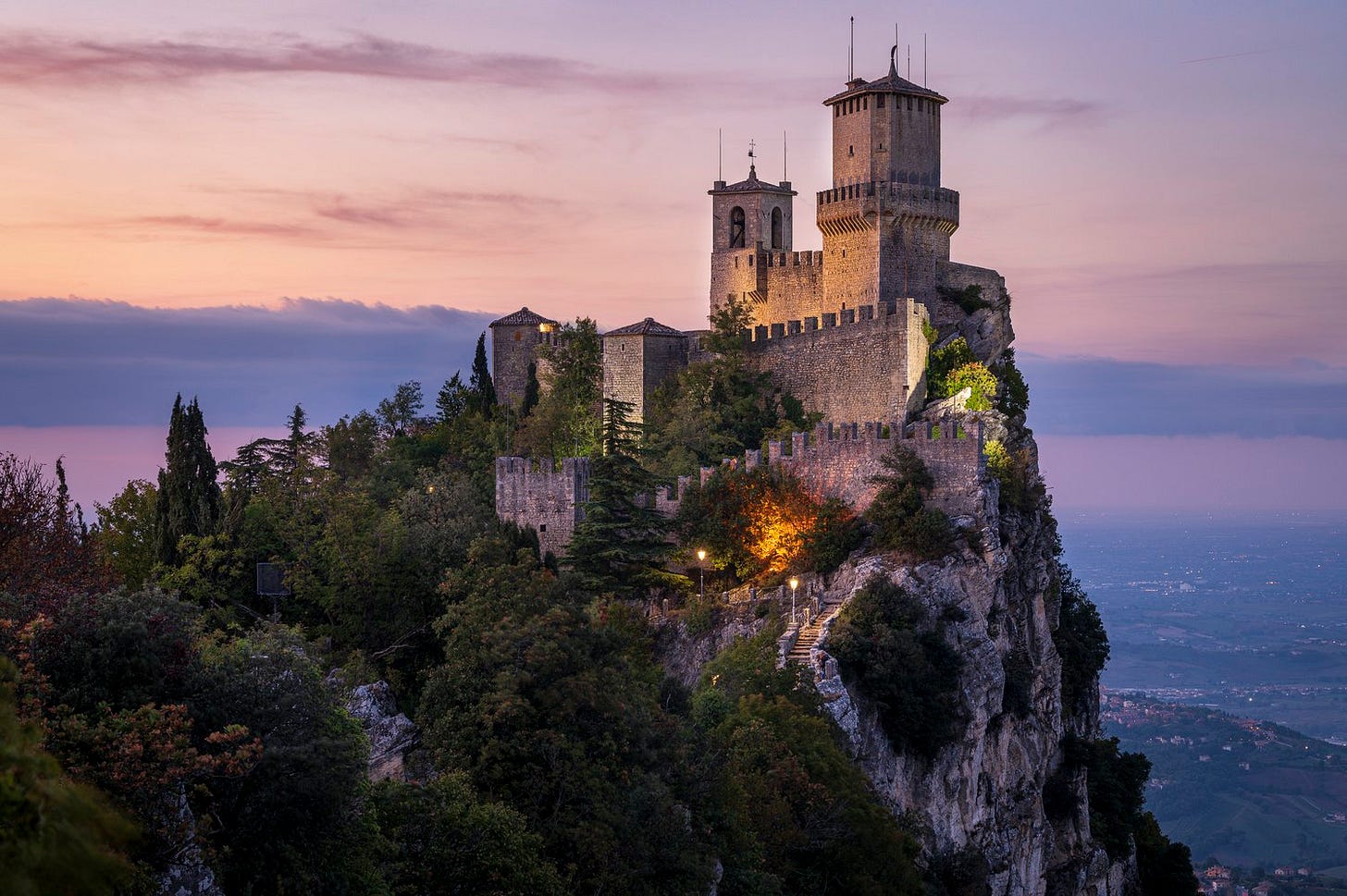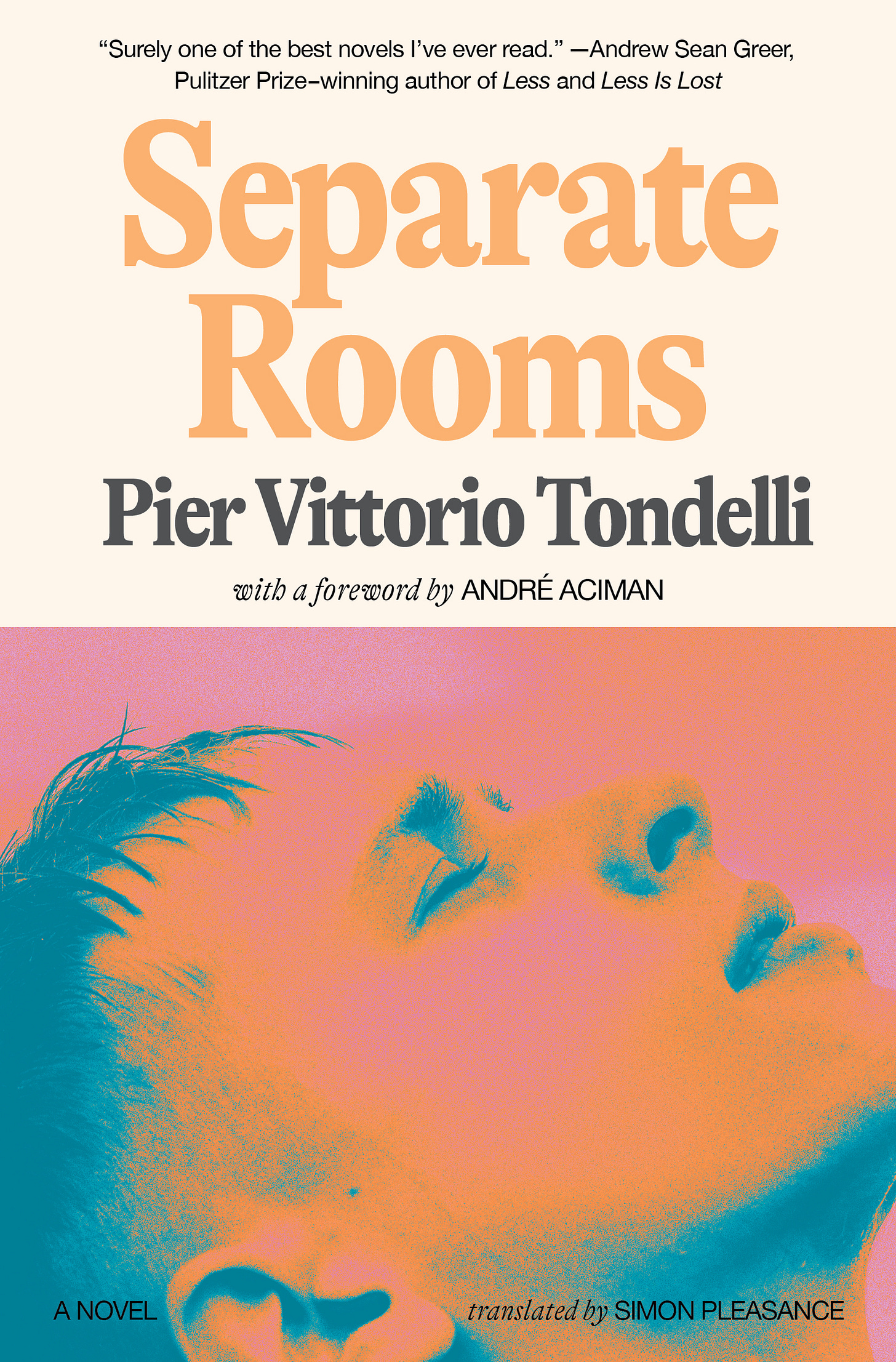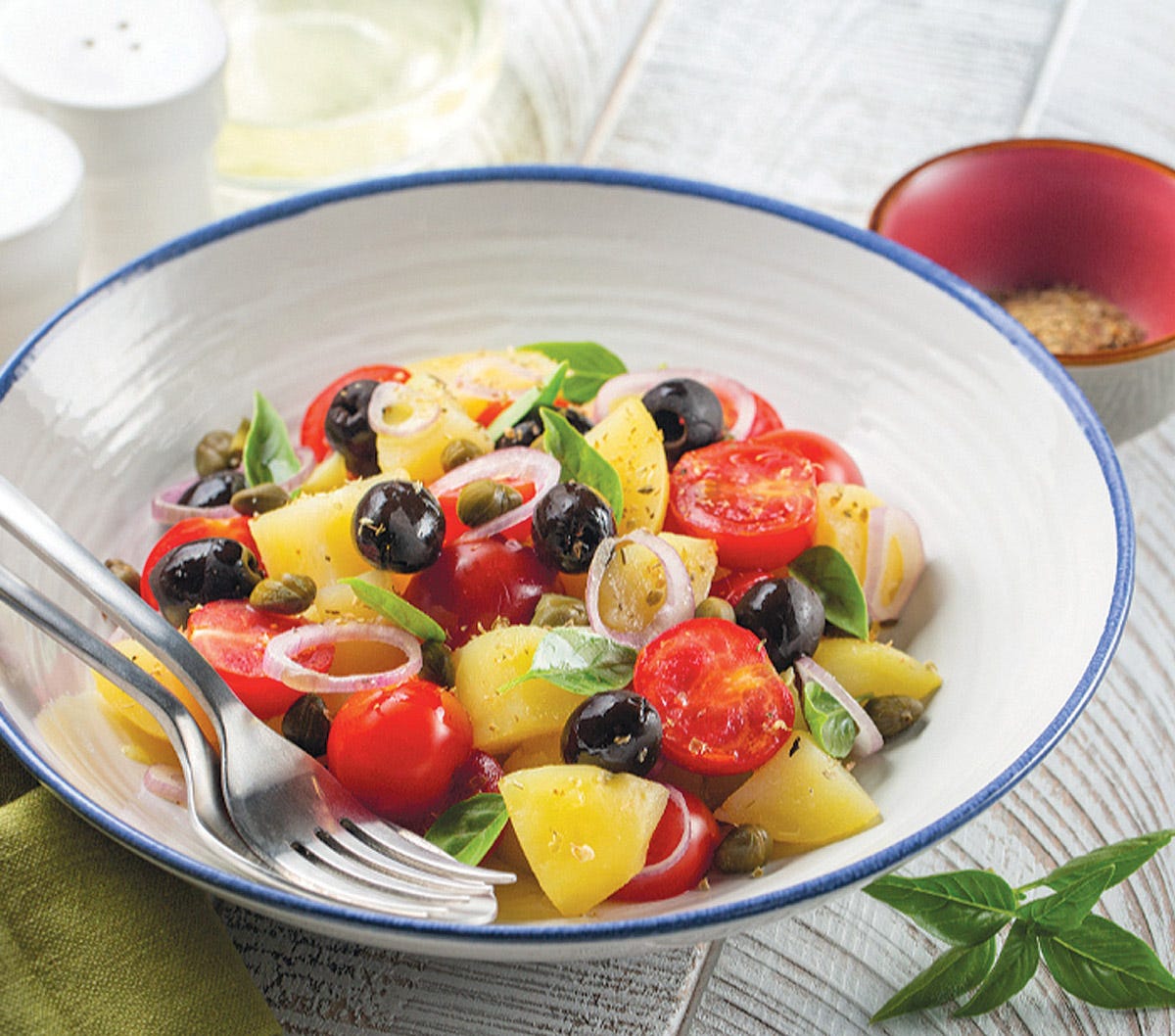It’s just two days now until Italians will (hopefully) go to vote in five simultaneous referendums on work and citizenship, and if even one of the proposals passes it will represent the most definitive resistance yet to Giorgia Meloni’s administration. I’ve penned a few thoughts on the citizenship dimension for the Guardian which you can read here if you’re interested. Since I wrote that, though, I’ve been out and about to try and gauge the mood on the street. Yesterday evening I was in Florence’s Piazza Carmine at the final “YES” campaign rally, which was organized by the trade union association CGIL. The piazza was joyous. Several hundred supporters were there and the vibes were generally positive. Sadly, however, I did get the impression this was a gathering of “the usual suspects.” The bands were all already well-known faces in political leftist circles (think Giancane), and the interventions from the stage were blighted by a slightly condescending rhetorical style that seemed more about preaching to the converted than convincing those on the fence to go and vote. To make matters worse, the posters and graphics on display were so neutral in tone, so depoliticised, that one came away with no sense at all of the urgency of the opportunity. I went to the piazza looking for inspiration. I came away feeling nervous. I don’t want to be overly harsh. But with six months to prepare, and the odds already stacked against these referendums, I was hoping the organizers could have put together something a little more coherent. Because the government has all the cards here. Earlier this week, Georgia Meloni told reporters she wasn’t going to vote in a flagrant and provocative abuse of her obligation to uphold article 48 of the Italian Constitution, which defines voting as a civic duty. Matteo Salvini, similarly, has encouraged his supporters to head to the beach and enjoy a holiday this weekend. At this rate there’s a strong chance, I’m afraid, that these referendums will all fail to reach quorum and, once again, the issues of workers’ and citizens’ rights will kicked into the long grass. Let’s hope not!

More doom and gloom for democracy I’m afraid: on Wednesday, the Italian Senate finally passed a new Security law which, in the words of Cesare Antetomaso, a member of the National Association of Democratic Lawyers, constitutes “the biggest attack on the freedom to dissent in the history of the Italian republic." The bill, which I’ve covered before here, and which everyone from the centri sociali to constitutional judges have opposed, contains a cluster of measures which Le Monde has summarized so well that I quote in full: “Police facing charges for violence while on duty will be eligible for €10,000 in legal aid under the new rules. Offenses such as taking part in prison riots will carry harsher sentences, including cases of passive resistance […] Illegal squatters face faster eviction procedures, and pregnant women or mothers of young children will no longer have the chance of avoiding jail when convicted, albeit in less severe detention centres. Traditional union protests such as road blockades during protests – formerly considered only an administrative offense – could now carry jail terms of up to two years.” I’m afraid that even this is a partial list. For a more detailed overview, and to make sense of the grim implications, check out the full piece here.
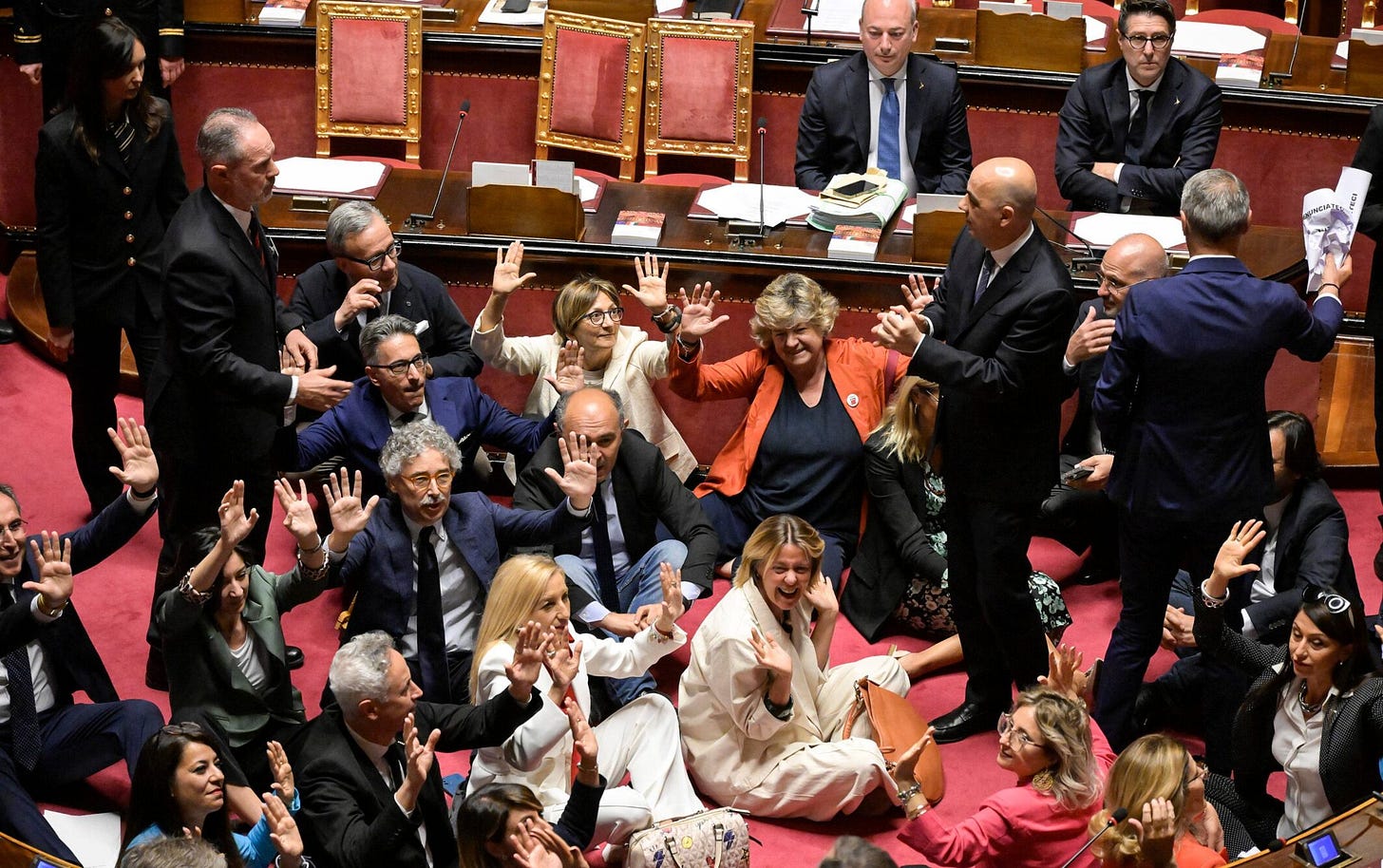
I’ve got to confess, I never been that interested in San Marino. The small republic and independent state, nestled just to the south of Emilia-Romagna, has always seemed to me like a bit of a gimmick; just another hilltop town, albeit one glorified, peculiarly, as a nation unto itself. This week I was therefore pleased to read a piece in Italy Magazine by my friend and ex-colleague Alex Sakalis in which he travelled to the sovereign state to explore and get the lowdown. Sakalis is an impressively well-informed journalist, always clued up on niche Italian history, and I generally trust his instincts. His verdict? There’s a good deal of kitsch in San Marino, a serious amount of bluster and a seeming omnipresence of cringe-worthy marketing gimmicks. At the same time, San Marino is, undeniably, a clean, tidy, small, close-knit community in a beautiful part of the Mediterranean and, despite the proliferation of nonsense medieval museums, it sounds like it’s absolutely worth a visit if you can stomach the chuzpah. As one restaurateur put it rather cheekily to Alex, San Marino is “all the things Italy could never be.” To find out more about this enigmatic (and one is tempted to say rather smug-seeming place), check out the full article here.
Arts and Culture: Cathedrals of Solitude
If you’re a regular reader of this newsletter you may recall that I’m a big fan of Pier Vittorio Tondelli, the novelist, essayist, critic and playwright who injected a much-needed punk energy into Italian literature back in the 1980s. I even started on a translation of his story collection Altri Libertini (The Other Libertines) a few years ago, but gave up when I couldn’t find a publisher. Maybe I should have persisted. This week I discovered that none other than Luca Guadagnino is planning a film adaptation of the author’s masterpiece Camere Separate (Separate Rooms); a heartbreaking romance about the art life, AIDS and nihilism that will be coming out next year. In anticipation of that release, Zando has also put out a new ENG translation for American and global audiences. Which makes this two news items for the price of one! A great book is back in print, a great director is going to adapt it to screen, and, with any luck, Tondelli will soon get more attention in the ENG speaking world. To find out more about Camere Separate check out this truly exceptional essay by Claudia Durastanti in the Paris Review where she explains beautifully what we can all gain from reading Tondelli today.
This month the French street artist known as JR installed a new series of works on the walls of Naples, and it’s causing some stir among art critics and locals alike. Chi sei Napoli? is a “diffused exhibition” which claims to offer a “pluralistic representation” of the southern Italian city. The piece, which was funded by Gallerie d’Italia and supported by the local government, is structured around six photographic collages which JR has distributed in a range of neighbourhoods. At the centre of the show, on the façade of the city’s duomo no less, is a mural depicting 606 faces of local people, composed in manner that vaguely recalls Renato Guttuso’s Comizio di quartiere (1975). Based on the PR images alone, this is clearly an impressive work: the neutrality of the gazes, the mosaic-like effect, work powerfully together to covey the sheer power of the popolo. Some critics, however, are more circumspect. Naples is a city that’s’ increasingly becoming a kind of pastiche of itself in the postmodern imagination; a city of gritty urban graffiti and decadant buildings and little else. So while there’s no denying the artistic quality of JR’s work, it’s fair to ask: who is this piece for? Is it really for Naples? Or is it once again reducing the city, and its inhabits, to a stage-backdrop for elite indulgences?
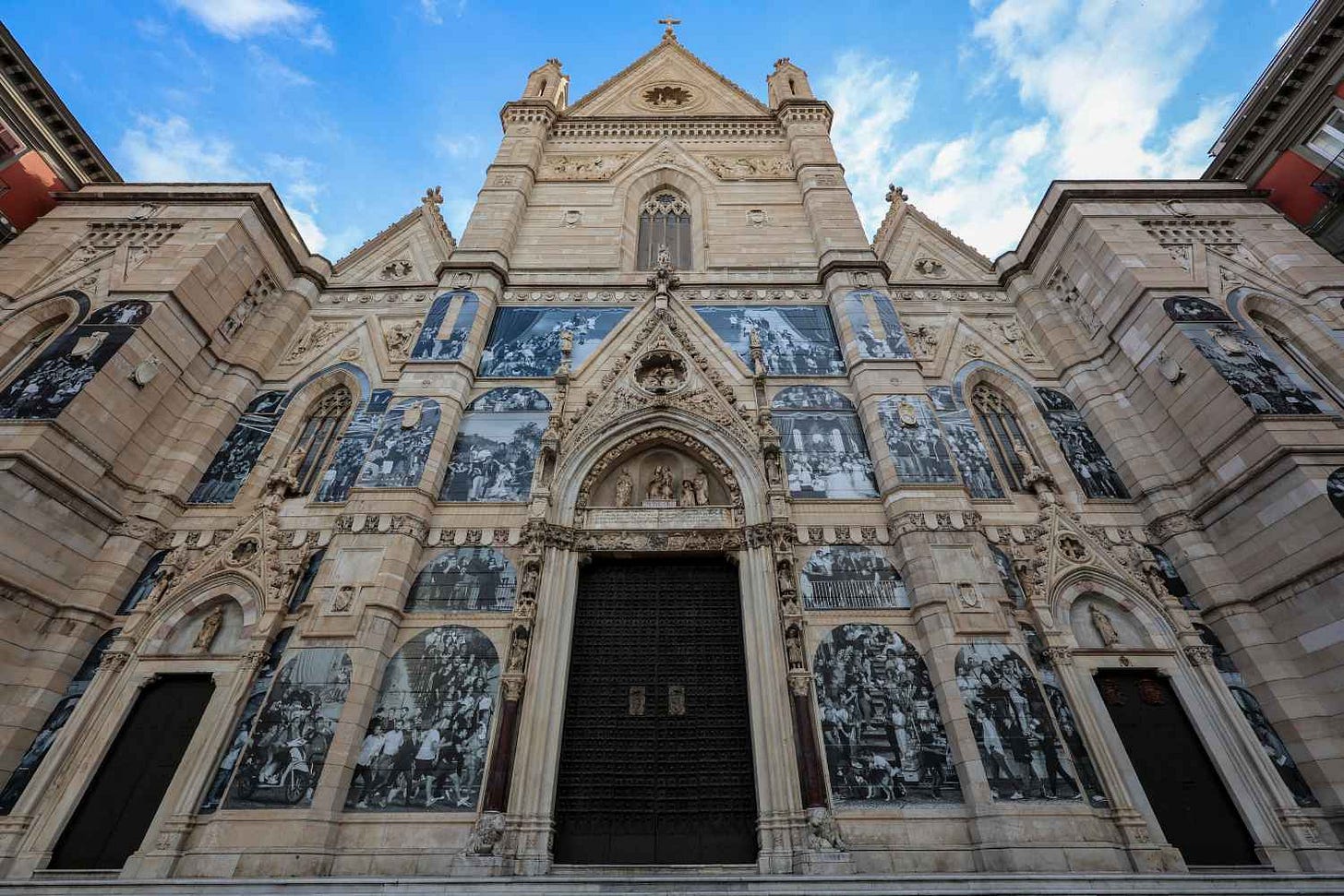
Recipe of the Week: Insalata Pantesca
The insalata pantesca is one of the great delights of the Italian summer table. This aromatic salad, one of the few composed salads in Italian cuisine at all, is commonly eaten on the coasts of Sicily, on the aeolian islands and, of course, on the rocky island of Pantelleria, just 40 miles from Tunisia, to which the dish owes its name. The core ingredients here are tomatoes, potatoes and lots of red onion; but it’s the toppings that do the heavy lifting. Capers, olives, and most important of all, the star of the show: oregano. You need to use the very best dried oregano you can get your hands on here. It needs to be pungent, herbaceous, and very, very strong. If you don’t have that on hand, I’m afraid, you’re frankly better off cooking something else. Some people like to add tuna or mackerel to this dish, which I agree can be a pleasant addition if you want to bulk things up. Personally though, I generally opt for a simple, fish free version. It’s perfect to prepare in a big batch, to be left in the fridge and tucked into over the course of a long summer week. This is barely a recipe, but you can find some decent instructions over at the memorie di angelina blog, here.
I’m Jamie Mackay, a UK-born, Italy-based writer, working at the interfaces of journalism, criticism, poetry, fiction, philosophy, travelogue and cultural-history. I set up ‘The Week in Italy’ to make a space to share a regular overview of the debates and dilemmas, innovations and crises that sometimes pass under the radar of our overcrowded news feeds, to explore politics, current affairs, books, arts and food. If you’re a regular reader, and you enjoy these updates, I hope you’ll consider becoming a supporter for EUR 5.00 per month. I like to think of it as a weekly catch-up chat over an espresso. Alternatively, if you’d like to send a one-off something, you can do so via PayPal using this link. Grazie!



